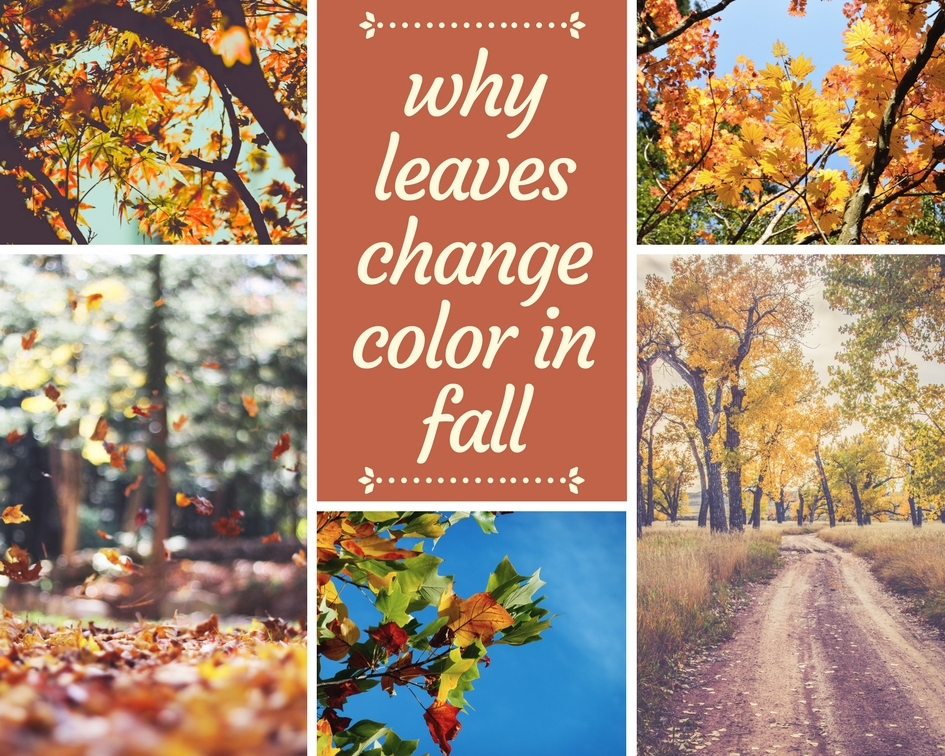Fall brings pumpkin everything, apples galore, corn mazes, hot cider and beautiful foliage. From yellow to orange, red to purple the multi-color changing leaves can be breathtaking.
Scientists still aren’t sure what happens to trees in the fall, but they do know the basics of why the leaves change. Many think cooler weather causes the leaves to change and that’s partially true.
During spring and summer, chlorophyll is continuously replaced in leaves. Going back to what we learned in science class, chlorophyll gives leaves their green color. As leaves break down with exposure to sunlight, they must produce more chlorophyll to keep their green color. However, in autumn the production of chlorophyll stops. Chlorophyll no longer masks the pigments and the beautiful colors are revealed.
Temperature and water conditions also play a factor in the production of fall foliage too.
Warm sunny days and cool nights create the most vivid colors. If it’s too cold, the anthocyanins (that helps create the red and purple pigments) are destroyed and the fall colors end early. If the region is suffering from a drought, the leaves may be under stress and fall before they have a chance to develop their fall color.
In a normal weather year, depending on what part of the country you live in leaves start to change in late September and change through early November.
Fodor’sTravel named the 10 Best Fall Foliage Trips in the U.S. It included Aspen, CO, The Catskills, NY, The Berkshires, MA, The Great Smoky Mountains, North Carolina and Tennesse, along with a few other beautiful destinations. Check out the list here. If you’re lucky enough to live near one of these areas, plan a quick weekend getaway to check out the colors.
So, while there is still some mystery about trees in fall, there’s one thing that can be guaranteed. No two autumns will ever produce the same foliage colors. This weekend, get out and soak up the beautiful colors of nature.
